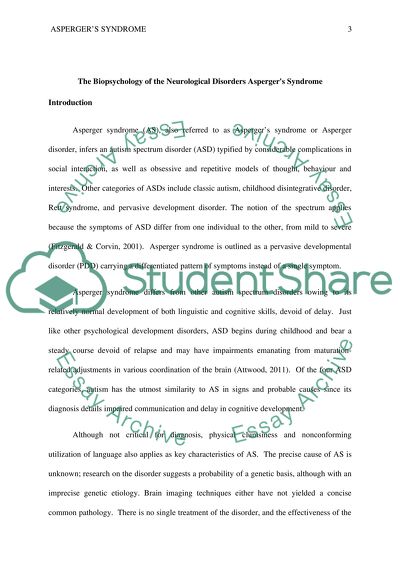Cite this document
(“Asperger's Syndrome Term Paper Example | Topics and Well Written Essays - 2000 words”, n.d.)
Asperger's Syndrome Term Paper Example | Topics and Well Written Essays - 2000 words. Retrieved from https://studentshare.org/psychology/1456179-the-biopsychology-of-the-neurological-disorders
Asperger's Syndrome Term Paper Example | Topics and Well Written Essays - 2000 words. Retrieved from https://studentshare.org/psychology/1456179-the-biopsychology-of-the-neurological-disorders
(Asperger'S Syndrome Term Paper Example | Topics and Well Written Essays - 2000 Words)
Asperger'S Syndrome Term Paper Example | Topics and Well Written Essays - 2000 Words. https://studentshare.org/psychology/1456179-the-biopsychology-of-the-neurological-disorders.
Asperger'S Syndrome Term Paper Example | Topics and Well Written Essays - 2000 Words. https://studentshare.org/psychology/1456179-the-biopsychology-of-the-neurological-disorders.
“Asperger'S Syndrome Term Paper Example | Topics and Well Written Essays - 2000 Words”, n.d. https://studentshare.org/psychology/1456179-the-biopsychology-of-the-neurological-disorders.


